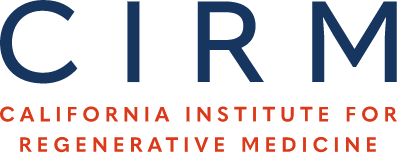Engineering programmable material-to-cell pathways via synthetic notch receptors to spatially control differentiation in multicellular constructs.
Publication Year:
2024
PubMed ID:
39003263
Funding Grants:
Public Summary:
Synthetic Notch (synNotch) receptors are engineered tools that let cells detect specific signals and activate custom responses, allowing for more control over cell behavior. This study developed materials that can trigger synNotch receptors using proteins from the extracellular matrix (ECM), which supports tissue structure. By attaching synNotch activators to these ECM materials, researchers were able to control cell behavior with high spatial precision. For example, they used tiny patterns to guide cells to become specific cell types, like muscle or blood vessel precursors, showing potential for precise tissue engineering.
Scientific Abstract:
Synthetic Notch (synNotch) receptors are genetically encoded, modular synthetic receptors that enable mammalian cells to detect environmental signals and respond by activating user-prescribed transcriptional programs. Although some materials have been modified to present synNotch ligands with coarse spatial control, applications in tissue engineering generally require extracellular matrix (ECM)-derived scaffolds and/or finer spatial positioning of multiple ligands. Thus, we develop here a suite of materials that activate synNotch receptors for generalizable engineering of material-to-cell signaling. We genetically and chemically fuse functional synNotch ligands to ECM proteins and ECM-derived materials. We also generate tissues with microscale precision over four distinct reporter phenotypes by culturing cells with two orthogonal synNotch programs on surfaces microcontact-printed with two synNotch ligands. Finally, we showcase applications in tissue engineering by co-transdifferentiating fibroblasts into skeletal muscle or endothelial cell precursors in user-defined micropatterns. These technologies provide avenues for spatially controlling cellular phenotypes in mammalian tissues.



